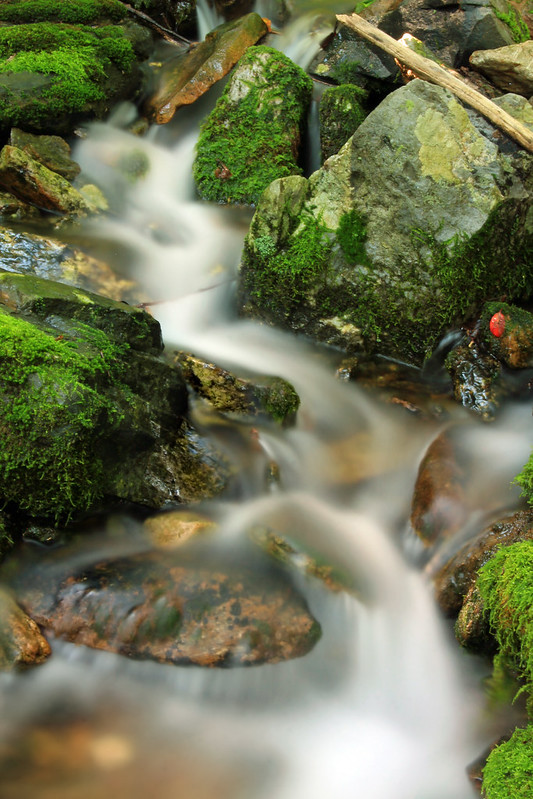
Photo by Nicholas A Tonelli | Creative Commons
by Karen Melton, Southeastern PA Group
There are cold, clear streams running through rural, pristine forests in the Lehigh Valley that contain such toxic levels of heavy metals that fish and other aquatic organisms cannot survive in them. In past coal mining days, pipes to ‘dewater’ the mines were installed and to this day continue to drain water along with metals from abandoned mines into local streams. The streams eventually feed into the Lehigh River. With the help of Sierra Club Huplits grants, the Lehigh Valley Group has been working over several years to measure and report on heavy metal pollution including aluminum, iron, zinc and manganese in these tributary streams as well as in the Lehigh River itself. The reporting will also assess existing mitigation efforts and identify opportunities for improvement.
Matt MacConnell, a chemical engineer, and the co-chair and conservation chair of the Lehigh Valley Group, leads the water quality project, which has focused on four streams impacted by coal mine drainage and on a section of the Lehigh River in Palmerton impacted by a former zinc smelting operation that denuded entire mountains.
In some cases the stream testing required long hikes through dense brush-filled forests which Matt often undertook himself, packing the test kit along with the distilled water needed to rinse out the kit between tests. A reagent specific to the metal being tested for is added to a water sample. Color develops based on the amount of the metal present and is measured by a colorimeter to give a numeric value.
The testing was conducted in August and September of 2019 and January and March of 2020.
Remediation efforts are underway at the outflow pipes for some of the streams, but with limited success so far. As aluminum will drop out of water at a pH (level of acidity) above 5.5, raising pH is the mitigation strategy of choice, and can be accomplished by directing flow across a limestone bed. At one site, a lined pond was installed where the pH could be manipulated and the aluminum captured, but it is apparent the pond is leaking, though the leak is proving very difficult to locate – a search that is ongoing. In addition, once the leak is fixed, a suspended solids filter will be installed to ensure that precipitated aluminum cannot escape with treated water leaving the pond.
The Pennsylvania Department of Environmental Protection plans a remediation system for another of the sites that also involves raising the stream pH and capturing the aluminum precipitate as well as manganese. The Sierra Club study will help document the status of the water prior to implementation.
Aluminum is extremely toxic to aquatic life, even at very low levels, which is why it is the focus of most of these mitigation efforts. Ironically, it is the most abundant metal in the earth’s crust, but is non-essential to biological systems.
In conjunction with another organization, Matt has helped deploy two real-time water quality monitoring systems on the Lehigh River with readings that can be viewed by the public on the internet. The Sierra Club Pennsylvania Chapter is helping to fund a project to make this data available to local school teachers, and the Lehigh Gap Nature Center, a local environmental education center located near the impacted stream, is adding a learning station for visitors to view the data.
Karen Melton is Education Chair of the SE PA Sierra Club group, and a volunteer with the Sylvanian Newsletter Committee.
This article is part of a series about projects supported by Huplits Wildlife Grants. The annual grants are awarded and administered by the Sierra Club Allegheny Group with funding provided by the Huplits Foundation for projects involving public education, litigation, land acquisition or research directly focused on protecting PA wildlife, its habitats, and preventing cruelty to animals.
This blog was included as part of the 2021 Winter Sylvanian newsletter. Please click here to check out more articles from this edition!